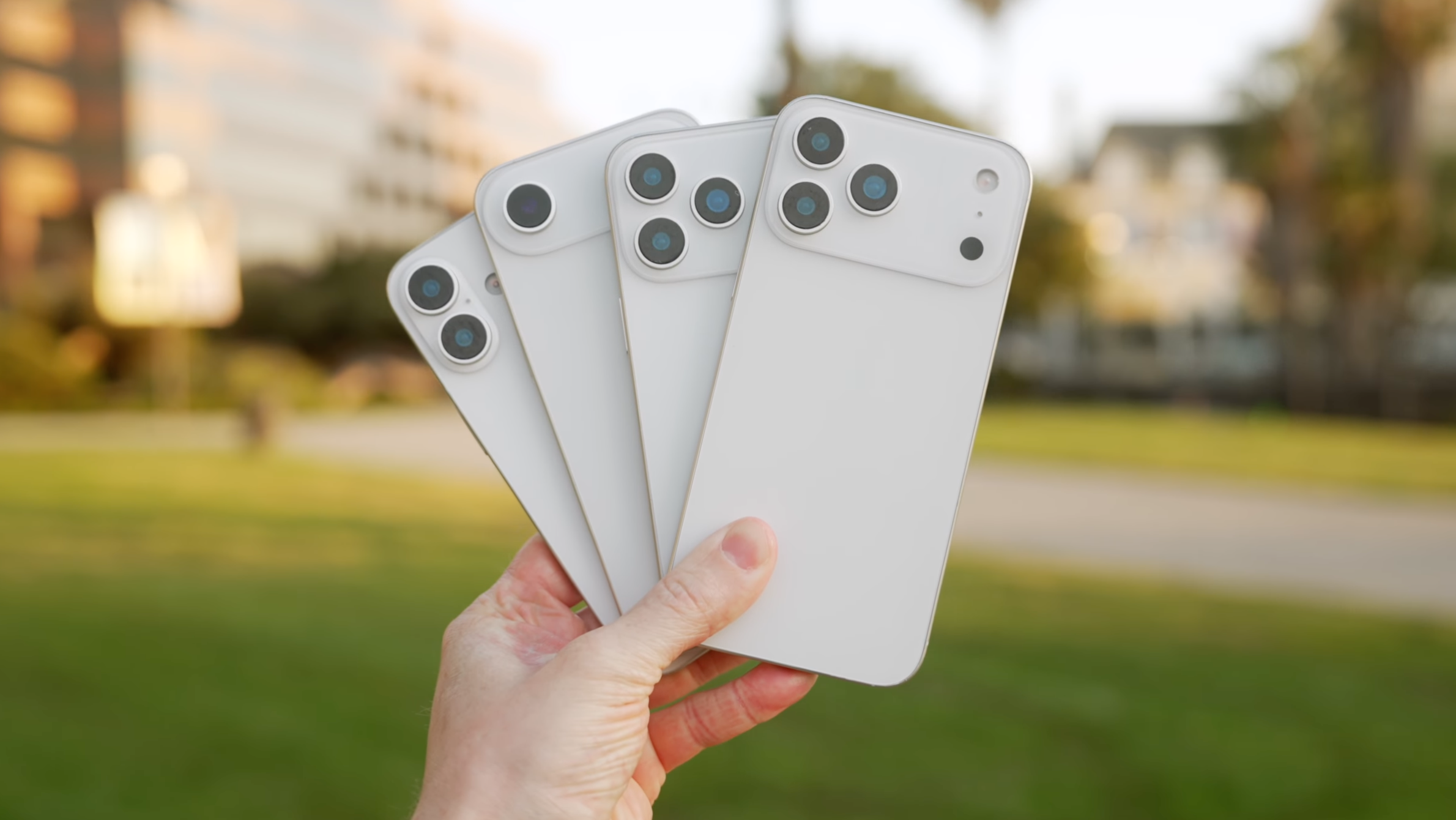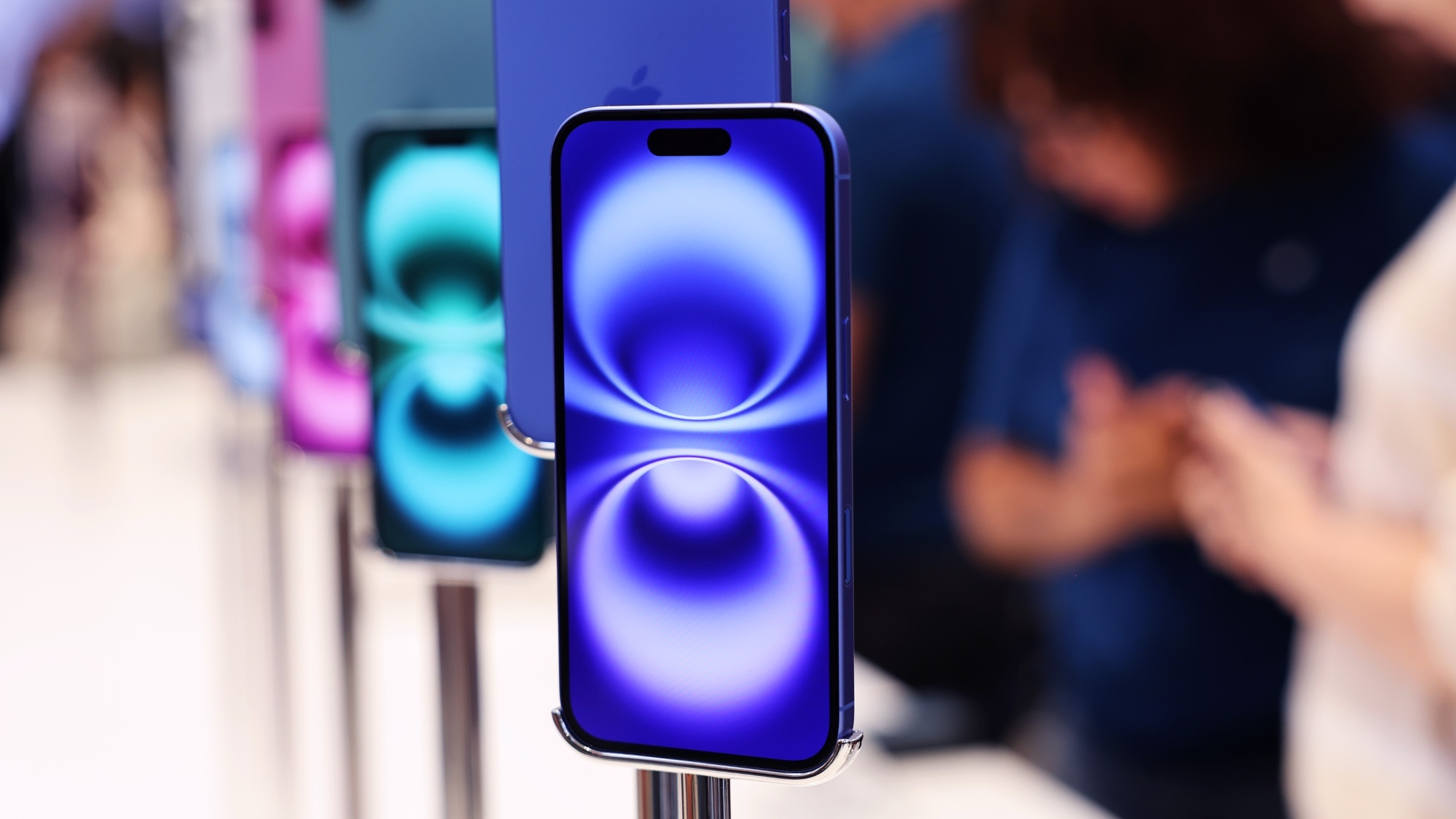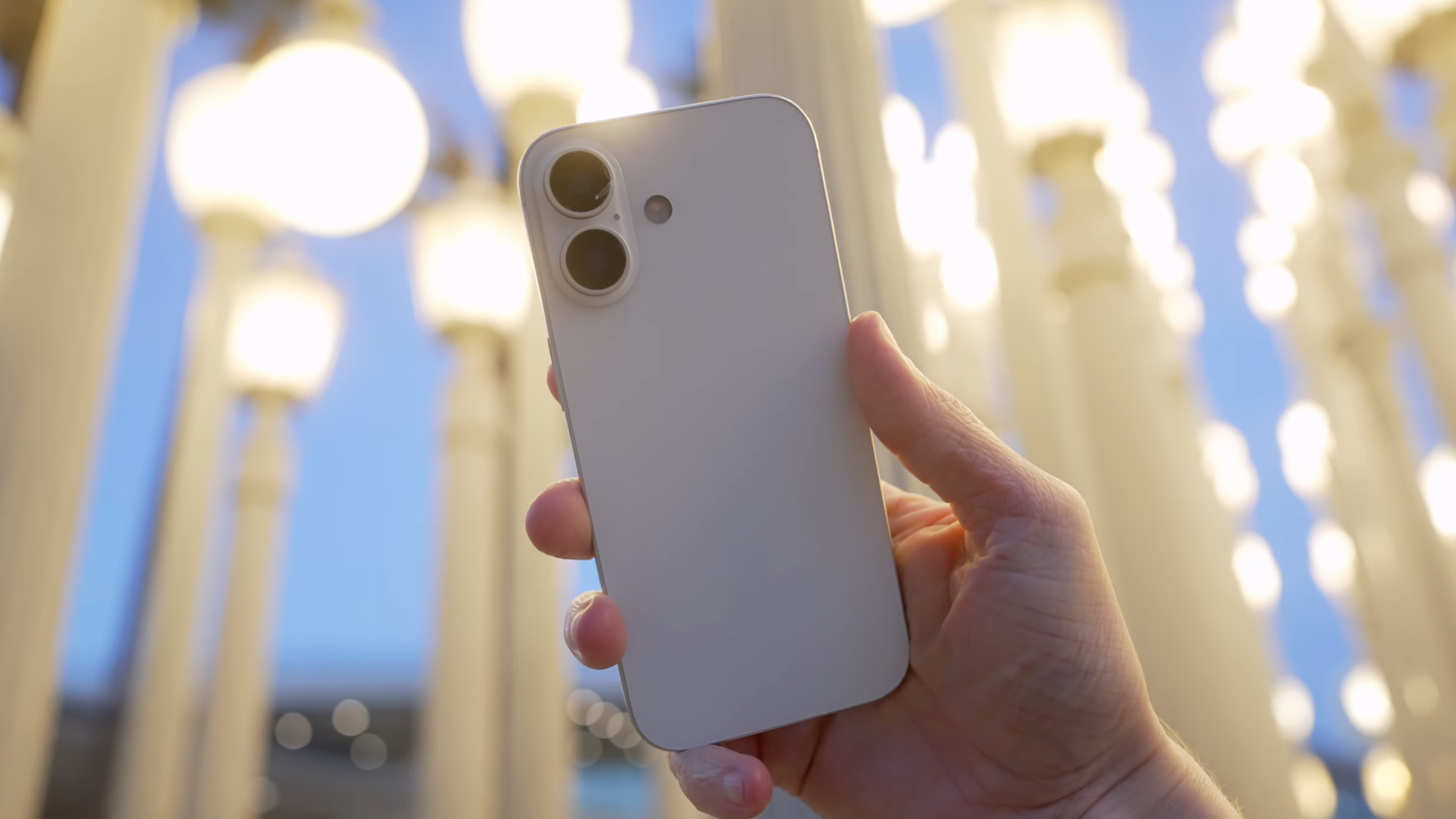iPhone 18 release schedule could be changing — but this rumor makes no sense
Releasing the iPhone 18 six months after the iPhone 18 Pro is a dumb idea

Earlier this week we heard reports that Apple was planning on splitting up the release of the iPhone 18. Rather than sending out all four flagship iPhones in September — which has been the norm for almost 20 years — the phone maker may split it off into a biannual release.
Apparently this means the iPhone 18 Pro, Pro Max and iPhone Fold will get a fall release, as normal, while the iPhone 18, iPhone 18 Air and iPhone 18e will land in Spring.
A split that makes absolutely no sense to me.
Not because of the split itself, that's pretty normal for most other phone makers. But because Apple could be releasing the entry-level iPhone last. And alongside the slightly cheaper iPhone 18e to boot.
In my mind, it’s a completely illogical way to release iPhones.
The iPhone 18 should be released first

The main thing I can't get my head around is that Apple could want to release the iPhone 18 Pro and not the iPhone 18 first. That's like releasing an extended cut of a movie before the theatrical cut — it just doesn't make any sense.
The fact is that the iPhone 18 is supposed to be the base model for the entire lineup, and everything else is complimentary to that. The standard iPhone is sometimes called the "entry-level" model for a reason.
Get instant access to breaking news, the hottest reviews, great deals and helpful tips.
Not only is it the cheapest model, which is appealing to people who aren't loaded with spare cash, it's also the benchmark by which people compare the entire lineup. You can't have a "Pro" iPhone if you don't have a standard iPhone to make the comparison with, after all.
Holding back the release would also be akin to Apple saying "this phone isn't as good as the one we tried to sell you 6 months ago. But you should buy it anyway." And, at the same time, offering an even cheaper phone that isn't quite as impressive, and somehow acting as though these two devices won't be in direct competition with each other.
I guess there's something a little poetic about Apple grouping its most expensive and cheapest phones together into their own distinct little release windows. But, just like poetry, that doesn't mean it actually makes any kind of logical sense.
The only way I can see this making sense is if someone at Apple decided that holding back the iPhone 18 would help boost Pro sales. As if there are huge crowds of people out there who would have bought a standard iPhone 18, but now are so excited for a new iPhone that they buy the iPhone 18 Pro or iPhone Fold out of desperation.
That would be one way to try and bolster profit margins, I suppose. But while I'm sure people like that do exist, I'm not sure they exist in significant enough numbers to make that much of a difference. Especially since people are already used to keeping their phones for longer.
What Apple should do instead

Rather than grouping phones together based on prospective price tags, Apple should go about the iPhone 18 launch with some common sense. Or, at the very least, copy what all of its rivals are doing.
Samsung, for instance, always releases its three base Galaxy S models at the start of the year. Foldables come in summer, and other devices are dotted about seemingly at random. We're talking devices like the Galaxy S25 Edge, S24 FE and the mid-range options like the Galaxy A56.
Apple's portfolio is going to start getting complicated with the impending launch of the iPhone Air, foldables and whatever it wants the e-series to be. So all it needs to do is simplify things and bring iPhone launches back to their basics.
Assuming the September launch sticks around, Apple could stick with the core three iPhone models that have been around for years. So we’d have the iPhone 18, iPhone 18 Pro, and the iPhone 18 Pro Max.
That way you have your standard model, the slightly better alternative, and the giant phone with the absolute best hardware you have to offer (and a price tag to match).
Fast forward six months and you release the second wave of iPhones. The niche iPhones that don't quite have the same level of mass appeal as the mainline trio.
The iPhone 18e, for people who want a slightly cheaper Apple phone, and the iPhone 18 Air for whatever kinds of people like to spend money on having super-thin and lightweight phones. You could easily throw the iPhone Fold into this launch window as well, offering an ultra-premium option that does something no iPhone does.
Better still, a March launch would make this the first major foldable phone release of the new year — beating out Samsung, Google and Motorola.
Bottom line

If Apple is inclined to adopt a biannual release cycle for new iPhones, then I totally get it. It's not without precedent, and it means that it's not squeezing all the biggest iPhone news into a period of a couple of weeks. Stretching it out gives new models more room to breathe, and would probably help keep Apple's stock price growing.
But if Apple's going to do this, it needs to apply some common sense to the whole proceeding. Not just pump out all the expensive models first, and hope that leads to people refusing to wait for the cheaper models.
If you're going to release the iPhone 18 series, you actually need to release the iPhone 18 on day one — not six months later. The rest of the stuff can wait.
More from Tom's Guide
- iOS 18.5: All the newest features coming to your iPhone
- iPhone 17 Air case leak shows us how much thicker the phone will be with extra protection
- iPhone Fold 'creaseless' display could make it a day 1 purchase — there's just one problem

Tom is the Tom's Guide's UK Phones Editor, tackling the latest smartphone news and vocally expressing his opinions about upcoming features or changes. It's long way from his days as editor of Gizmodo UK, when pretty much everything was on the table. He’s usually found trying to squeeze another giant Lego set onto the shelf, draining very large cups of coffee, or complaining about how terrible his Smart TV is.
You must confirm your public display name before commenting
Please logout and then login again, you will then be prompted to enter your display name.
